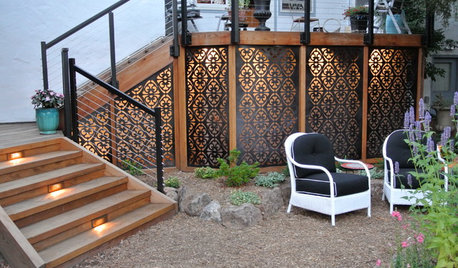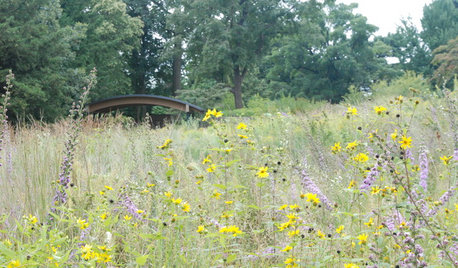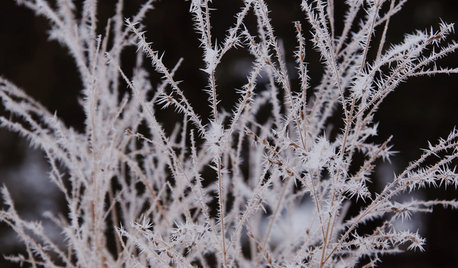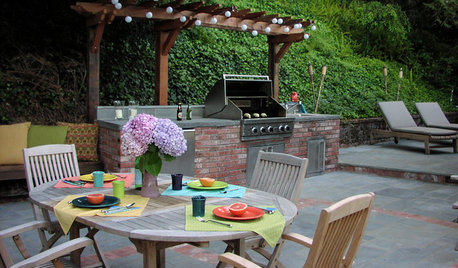Are hardy orchids discussed here?
bill_ri_z6b
12 years ago
Related Stories

STAIRWAYSGot Stairs? Here’s How to Choose the Right Runner for You
Get the skinny on material selection, color and pattern, installation and more
Full Story
COLORBest Ways to Use Radiant Orchid, Pantone's Color of 2014
Learn how to work in this bold fuchsia-pink-purple successfully around the home, and give it a yay or nay in the Houzz poll
Full Story
THE ART OF ARCHITECTURELaser-Cut Focus: The Future of Design Is Here
Discover how this laser technology can make almost any pattern a reality
Full Story
GARDENING GUIDESHow to Find the Right Plants for Your Garden
Break free from choosing plants by cold-hardiness zones for a beautiful landscape that thrives year-round
Full Story
GREAT LAKES GARDENINGGreat Lakes Gardener's January Checklist
Forestall flower withdrawal and cabin fever with orchids and field trips, and try some bird-watching from a snug spot indoors
Full Story
HOUSEPLANTSHow to Force Amaryllis Bulbs Indoors
Enjoy vibrant red blossoms even as gardens turn snowy white, by teaching this hardy repeat performer to ignore the calendar
Full Story
GARDENING GUIDESBackyard Birds: Invite Entertaining Hummingbirds Into Your Garden
Hummingbirds — unique to the Americas — zip through open landscapes seasonally or year-round. Here’s how to attract them
Full Story
MOST POPULAR8 Ways to Improve Your Grill Setup
Rethinking the old grilling station? Here’s how to pack more function and style into your backyard cooking zone
Full Story
TREESHow to Buy Healthy Trees and Shrubs
A healthy young plant with a strong form is more likely to do well in your yard. Here’s what to look for at the nursery
Full Story
SELLING YOUR HOUSE10 Tricks to Help Your Bathroom Sell Your House
As with the kitchen, the bathroom is always a high priority for home buyers. Here’s how to showcase your bathroom so it looks its best
Full Story





James _J
arthurm
Related Discussions
Bletilla Hardy Chinese ground orchid
Q
Orchid Fever/Orchid Thief. Any good?
Q
Hardy Orchid in the hosta bed
Q
Discussion, the great renaming, confusion and extinction
Q
orchidnick
bill_ri_z6bOriginal Author
James _J
orchidnick
bill_ri_z6bOriginal Author
arthurm
bill_ri_z6bOriginal Author
cjwatson
bill_ri_z6bOriginal Author
orchidnick
orchidnick
bill_ri_z6bOriginal Author
greenman28 NorCal 7b/8a
orchidnick
bill_ri_z6bOriginal Author
orchidnick
bill_ri_z6bOriginal Author
greenman28 NorCal 7b/8a
bill_ri_z6bOriginal Author
orchidnick
orchidnick
arthurm
orchidnick
arthurm
orchidnick
terrestrial_man
orchidnick
orchidnick
orchidnick
terrestrial_man
whitecat8
bill_ri_z6bOriginal Author
orchidnick
orchidnick
orchidnick
orchidnick
orchidnick
whitecat8